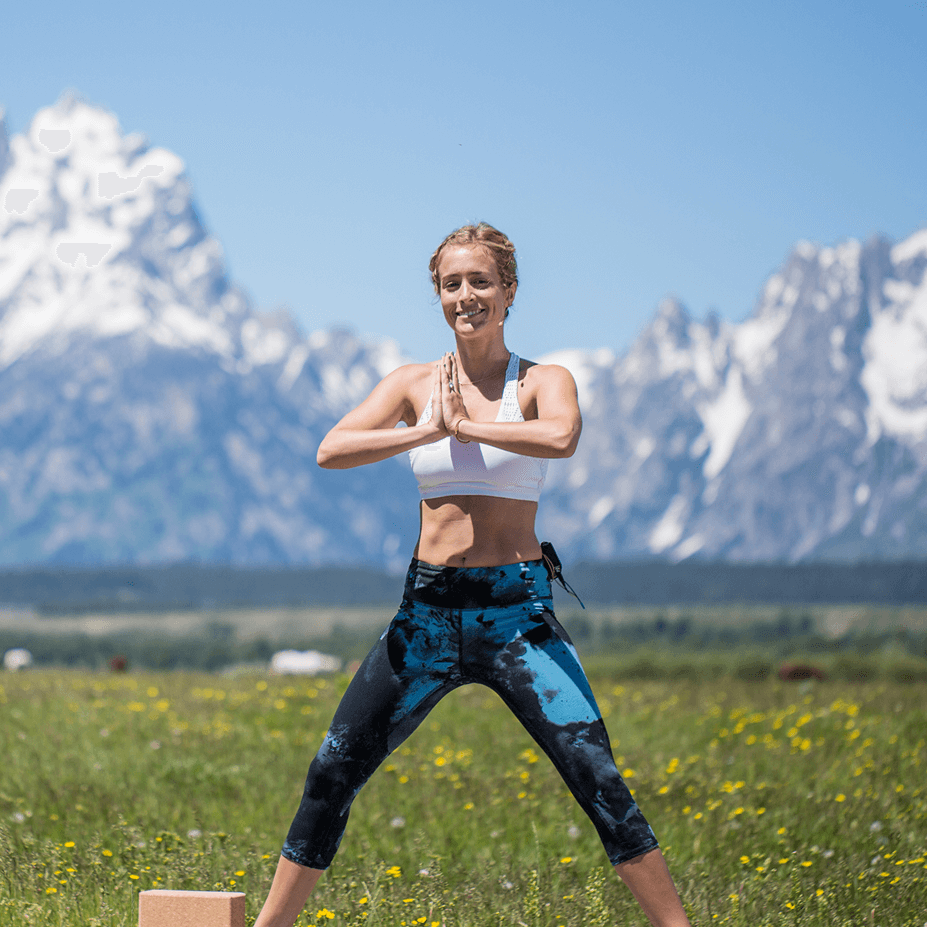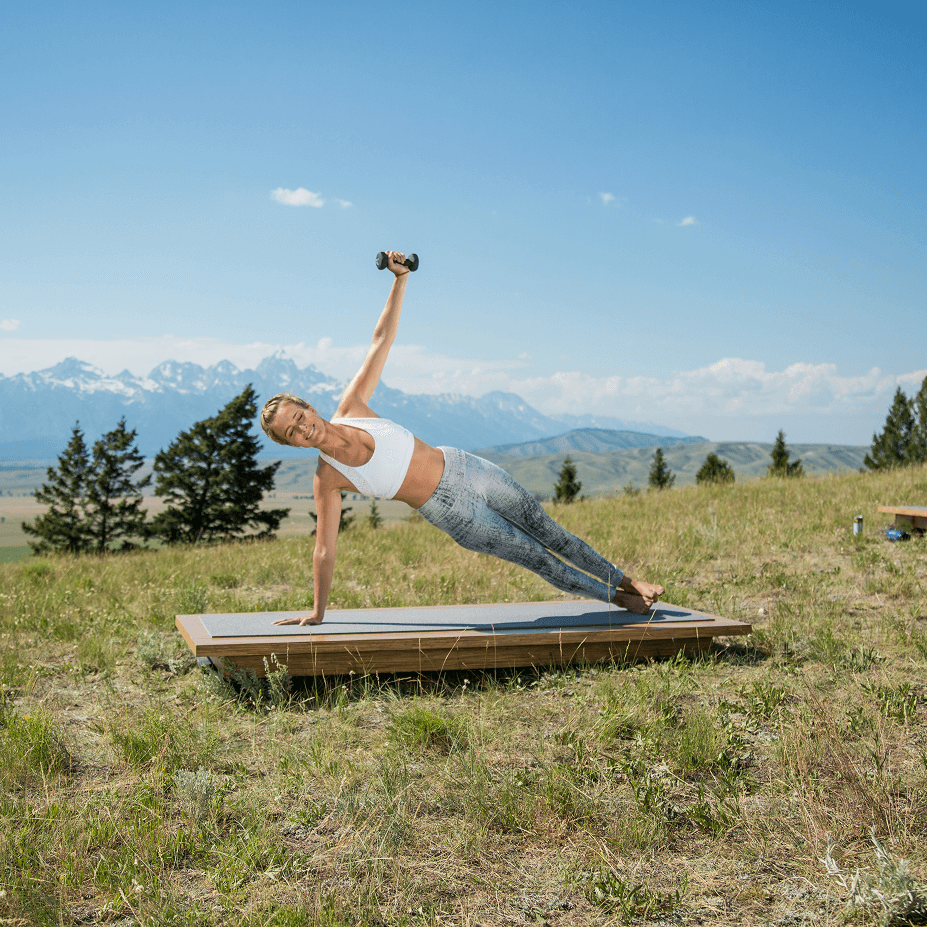Strong, Supported, and Stretching: Chair Yoga for All

Your chair is a yoga prop that opens up practice to everyone. It removes barriers that keep people from practicing. No getting down on the floor. No balance concerns. No fear of falling. Just effective movement that works for every body.
This chair yoga guide covers accessible poses, strength-building sequences, and ways to use your chair as support for traditional poses. Your practice adapts to you, not the other way around.
Why Chair Yoga Works
Chair yoga isn't a watered-down version of "real" yoga. It's a complete practice that floor practice can't always compare to.
Accessibility Without Compromise
Chairs provide stability for people with balance issues, joint problems, or mobility limitations. They also serve anyone who wants to practice at work, in airports, or in other spaces where floor work isn't practical.
Perfect for Modern Life
Desk workers develop patterns of tightness and weakness. Chair yoga targets these problem areas directly. You can practice between meetings, during breaks, or even while on calls. The transition from sitting at your desk to practicing in your chair takes seconds.
Foundations of Chair Yoga
Good chair yoga starts with the right setup. Small details make a big difference.
Choosing Your Chair
Sturdy chairs with backs work best. Avoid chairs with wheels or arms that limit movement. The seat should be firm enough to provide stable support. Chair height matters too. Your feet should rest flat on the floor with your knees at roughly 90 degrees.
Basic Setup
Sit toward the front edge of your seat for most poses. This gives your spine room to move and prevents you from slumping against the back of the chair. Plant your feet hip-width apart on the floor. This creates a stable base for all movements.
Safety Guidelines
Never force any movement. Chair yoga should feel supportive, not stressful. Stop if you feel pain or dizziness. Remember that quick movements can destabilize you or strain muscles. Smooth, deliberate actions work better and feel safer.
Core Strength from Your Seat
Strong core muscles support your spine and improve posture. Chair-based core work can be challenging and effective.
Seated Crunches and Twists
Seated crunches work your abdominal muscles without lying down. Sit tall, place your hands behind your head. Then bring your chest toward your knees. The movement should come from your core, not your neck.
Russian twists target obliques and improve spinal mobility. Hold your hands at chest level and rotate side to side. Keep your hips facing forward. Add a water bottle or book for extra resistance.
Stability and Balance
Single-leg lifts challenge your core while improving hip flexibility. Sit tall and lift one knee toward your chest. Hold for a few breaths, then switch legs. Keep your spine straight as you do this pose.
Seated marching builds endurance. Alternate lifting your knees as if marching in place. The challenge comes from maintaining good posture while your legs move.
Lower Body Work
Chair support allows people with knee, hip, or balance issues to work their lower body safely.
Hip and Thigh Stretches
A seated figure-four stretch can open tight hips. Place your right ankle on your left thigh and gently lean forward. Keep your back straight and breathe into the stretch. Switch sides.
Hip circles improve mobility in all directions, too. Lift one knee and draw small circles in the air. Gradually make the circles larger. This movement lubricates hip joints and releases tension.
Leg Strengthening
Chair-supported squats build leg strength safely. Stand and sit back down without using your hands. Calf raises also work your lower legs and improve circulation. To do this, lift onto your toes while seated. Hold briefly, then lower your body.
Full-Body Sequences
Combining individual poses into flowing sequences creates more complete practice sessions.
Morning Energy Flow
Start with gentle neck rolls and shoulder shrugs to wake up your upper body in this morning routine. Move into seated cat-cow stretches, arching and rounding your spine. Add arm circles and seated twists to get your blood flowing. Finish with a few chair-supported standing poses.
Midday Reset
Begin with breath awareness to center yourself. Take several deep breaths to activate your relaxation response. Move through seated spinal twists and side bends to release tension. Add shoulder and neck stretches to combat computer posture.
Evening Wind-Down
Slow shoulder rolls and neck stretches help transition from work mode to rest mode. Try forward folds and gentle twists to encourage relaxation. These poses activate your parasympathetic nervous system. End with seated meditation or breathing exercises to quiet your mind.
Adapting Traditional Poses
Many yoga poses can be modified for chair practice. Here’s how:
Standing Pose Variations
Warrior I can be practiced with the back of your chair for support. Step your left foot back and bend your right knee. Then, reach your arms up. The chair provides stability while you build strength.
Triangle pose works with one hand on your chair seat or back. Step your feet wide and reach toward your front foot. Then, extend your top arm.
Tree pose is more accessible with chair support. Stand behind your chair, place one foot on your inner thigh. Hold the chair back for balance.
Seated cobra works your back muscles safely. Sit tall and place your hands on your lower ribs. Then, gently arch backward. Keep your shoulders away from your ears.
Seated child's pose provides a sense of grounding and introspection. Fold forward over your thighs and let your arms hang down or rest on your legs.
Your Chair, Your Practice
Chair yoga removes the barriers that keep people from doing yoga. Start where you are, with what you have. Your chair and a few minutes of intention create a routine that you can stick with.
YogaToday can help you start or supplement your practice. Our YouTube Memberships give you even more ways to experience our signature 4K outdoor yoga classes, structured wellness programs, and exclusive content. Join us on YouTube.


.png)







